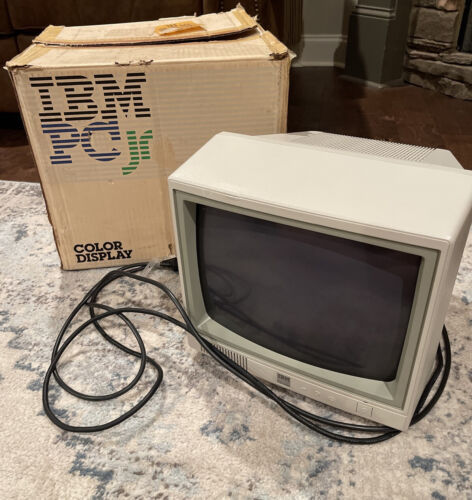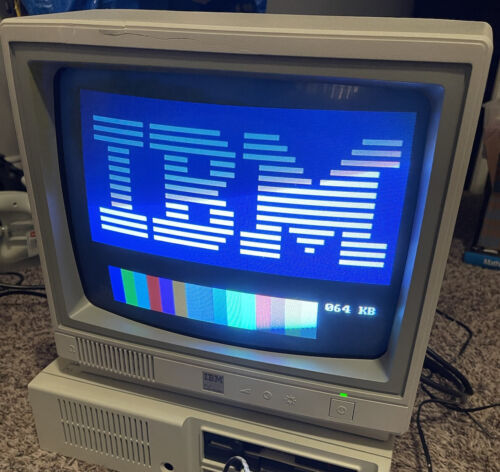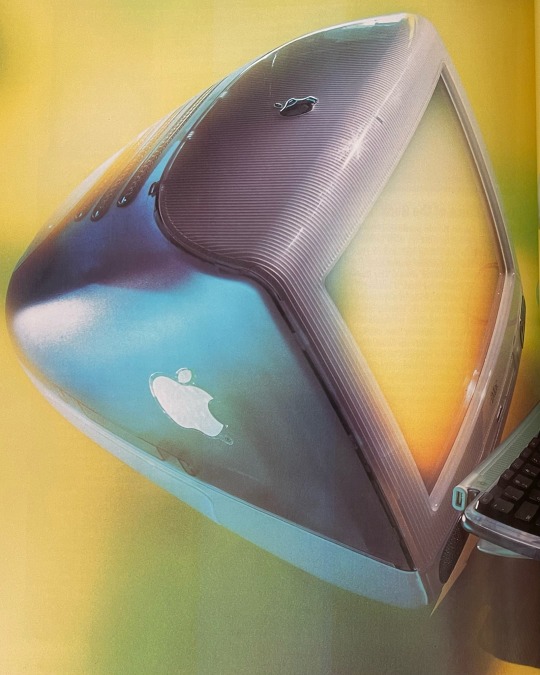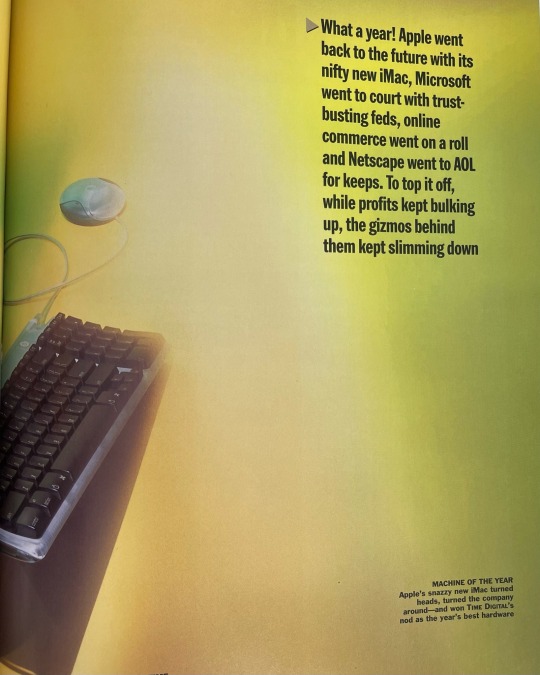Don't wanna be here? Send us removal request.
Text



Avatar by Charles Balmer (1981), Urbana, Ohio. “Avatar is 30 inches tall, weighs 85 pounds, moves around on a tricycle base, has a body made out of a 1940 Picker X-ray machine and lives in a frame workshop behind Charles Balmer's brick house just outside Urbana, Ohio. When all the circuitry is completed next year, Mr. Balmer will have spent five years building a robot whose chief attribute will be that it can wander around the 24-foot-by-30-foot workshop without bouncing off the walls. ''Its goal is survival,'' said Mr. Balmer, who is manager of software engineering for the United Systems Corporation of Dayton, Ohio. ''If it can learn to navigate on its own in a normal house and recharge itself when it needs it, I'll have done what I wanted.’’ … As useless as Mr. Balmer's device may seem, if it works it solves one of the most fundamental problems in robotics: the ability to move around, respond to commands and navigate obstacles. From that it is a small step to a cocktail party robot, a movable robot with a horizontal surface that could understand commands, move across a room to a bartender, relay a message and then return to where it began carrying drinks.” – DOMESTICATING THE ROBOT FOR TOMORROW’S HOMES, Peter Applebone, The New York Times, March 4, 1982.
69 notes
·
View notes
Photo






(via Inside the Globus INK: a mechanical navigation computer for Soviet spaceflight)
7K notes
·
View notes
Text
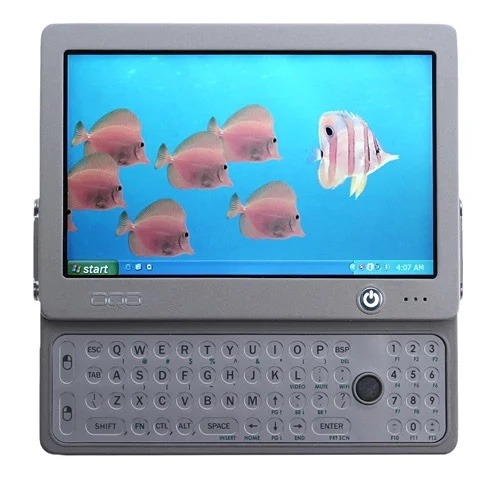

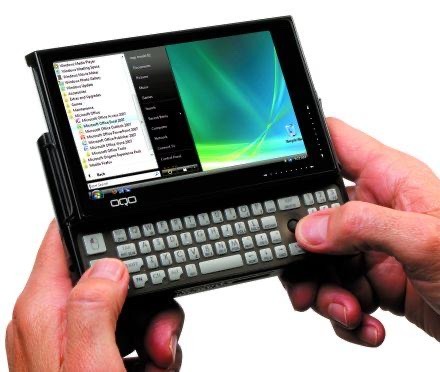



The UMPC or the Ultra-Mobile Personal Computer was a new technological trend in the 2000s. Following the 90s where clunky and beige was the norm, pc makers created a frenzy of making everything smaller and smaller, eventually leading to these handheld computers. Although at the time they were perceived by many to be the future of computing, the trend died out rather quickly, probably due to the fact that it was not as convenient as one may think and it definitely was not much cheaper than a full size pc. The most notable models are the OQO models 1 and 2 or the Sony Vaio UX both of which mostly ran Windows XP but later ran newer OSs such as Vista. I think these things are very neat and really show a testament of technological advancement in the 2000s! :-)
2K notes
·
View notes
Text

PC Mag - November 1996 IBM Aptiva S Series
316 notes
·
View notes
Text
so i was looking up the System Source Computer Musuem and apparently they have a VIRTUAL TOUR !!! and when I say I spent a good deal of time freaking out and sending screenshots of this thing to my friends . my goodness




4K notes
·
View notes
Text
i’m trying to make am in character.ai. his definition contains several quotes from the game including the hate speech of course but i wasn’t expecting him t

580 notes
·
View notes
Text

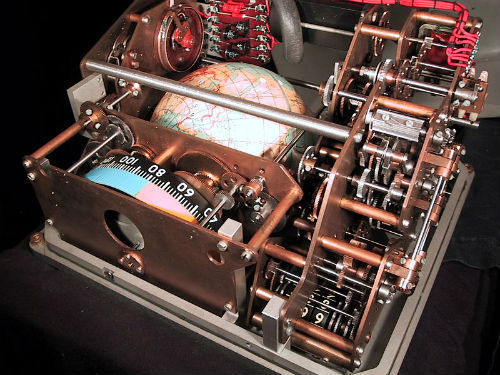
Soviet "Globus" navigation instrument, a mechanical/clockwork positioning display used aboard Voskhod spacecraft, starting with the first human space flight by Yuri Gagarin in 1961.
1K notes
·
View notes
